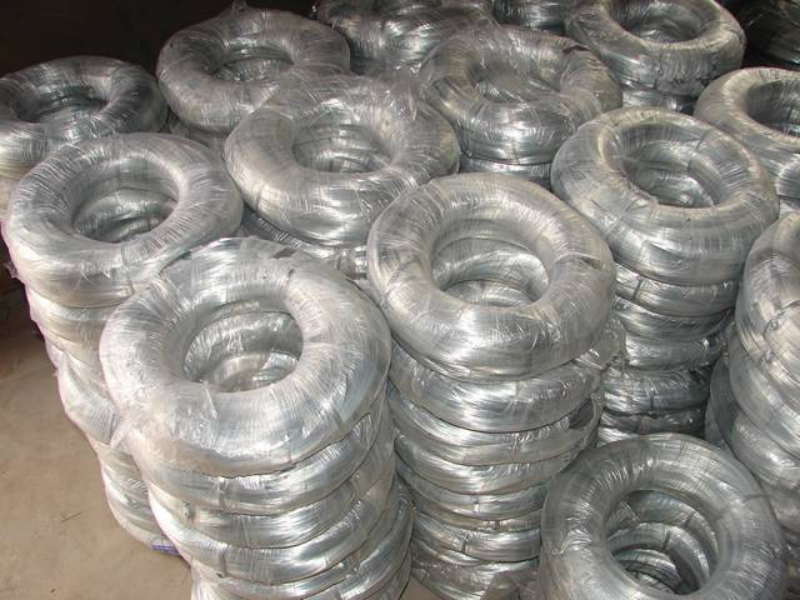
- Mobile Phone
- +8613931874955
- sales@cntcmetal.com
coil spring extension
Understanding Coil Spring Extension An In-Depth Look
Coil springs are essential components in a wide range of mechanical systems, from automobiles to industrial machinery. They function primarily by storing mechanical energy and subsequently releasing it when needed. One of the critical aspects of coil springs is their extension, which refers to the amount a spring stretches under load. Understanding coil spring extension is crucial for engineers, designers, and anyone involved in the field of mechanics.
What is Coil Spring Extension?
Coil spring extension is the amount of elongation a coil spring undergoes when a force is applied to it. This phenomenon can be explained through Hooke's Law, which states that the force exerted by a spring is directly proportional to its extension, provided that the spring's elastic limit is not exceeded. Mathematically, this can be expressed as
\[ F = k \cdot x \]
where - \( F \) is the force applied to the spring, - \( k \) is the spring constant (a measure of the spring's stiffness), - \( x \) is the extension of the spring.
In practical terms, when a load is applied to a coil spring, it stretches, and the amount of this stretch can be calculated if the spring constant is known. The spring constant varies among different types of springs and is influenced by factors such as the material, coil diameter, wire diameter, and the number of active coils.
Factors Affecting Spring Extension
Several factors affect the extension of a coil spring. The most significant of these include
coil spring extension

1. Spring Constant (k) A spring with a larger spring constant will have a lower extension for the same applied force. Conversely, a softer spring with a smaller spring constant will extend more under the same load.
2. Material Properties The material from which the spring is made plays a significant role. Different materials have unique elastic properties, which can influence how much they stretch.
3. Geometric Configuration The dimensions of the spring, including wire diameter, coil diameter, and the number of coils, all affect its behavior under load. For instance, increasing the diameter of the wire generally increases the spring constant, resulting in less extension.
4. Temperature Temperature can impact both the material properties and the dimensions of the spring. Higher temperatures may lead to changes in the steel's properties, potentially decreasing its stiffness and allowing for greater extension.
Applications of Coil Spring Extension
Understanding coil spring extension has practical applications across various fields. In automotive engineering, for instance, suspension systems utilize coil springs to absorb shocks from the road, ensuring a smooth ride. Correctly calculating the spring’s extension is crucial to maintain ride quality and safety.
In the realm of manufacturing, coil springs are used in machinery and equipment that require precise force applications. Engineers need to know the extension characteristics to design effective mechanisms and components functioning optimally under specific loads.
Conclusion
Coil spring extension is a fundamental concept that plays a vital role in engineering and mechanical design. By grasping the principles underlying spring behavior, including the factors influencing extension, professionals can optimize designs for better performance, safety, and reliability. Whether in automotive suspension systems or industrial machinery, the effective use of coil springs hinges on a thorough understanding of their mechanical properties, particularly their extension under load. As technology progresses, innovations in material science and spring design will continue to enhance our ability to utilize these essential components, leading to more efficient and durable systems across various applications.
share:
-
Wall Ties for Concrete: Invisible Guardians of Building Structural StabilityNewsAug.08,2025
-
Timber Frame Wall Ties: Stable Bonds for Load TransmissionNewsAug.08,2025
-
Stainless Steel Woven Wire Mesh: A versatile material from boundary protection to functional supportNewsAug.08,2025
-
Powder Coat Coil Springs: Creating peace of mind and reliability with sturdy protectionNewsAug.08,2025
-
Floor Standing Sign Holder: A Powerful Assistant for Flexible DisplayNewsAug.08,2025
-
Binding Iron Wire: An Invisible Bond for Building StabilityNewsAug.08,2025
-
Yard Sign Stakes: Reliable Guardians of Outdoor SignsNewsAug.04,2025



















